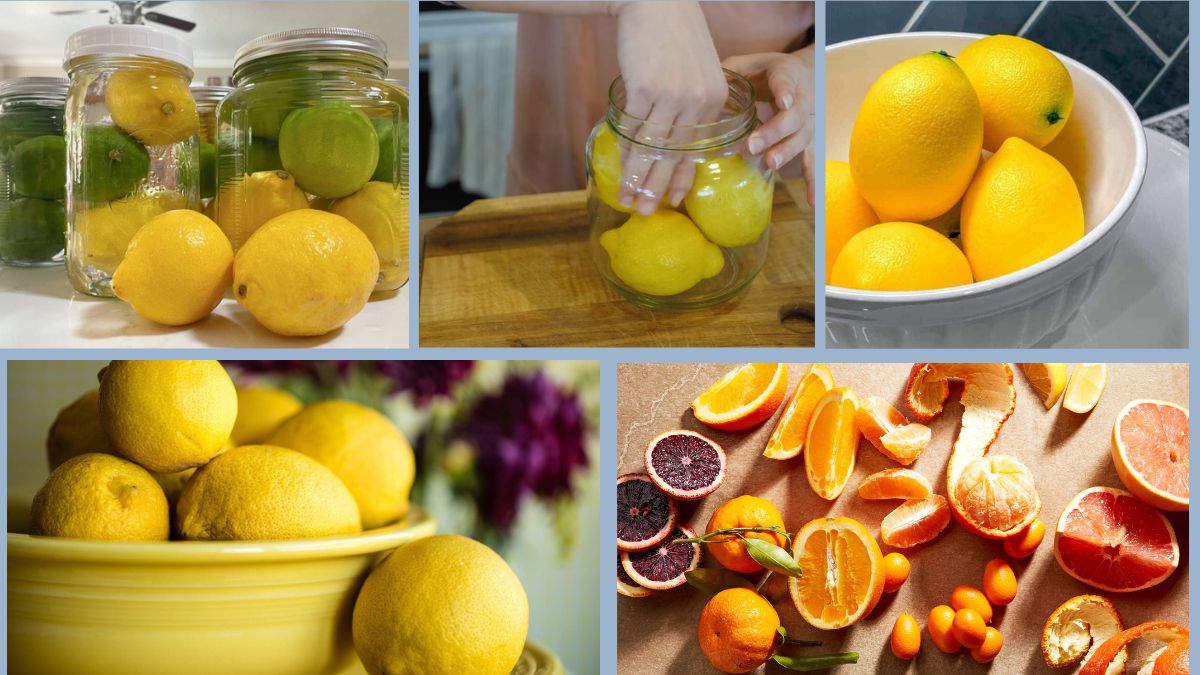Lemons and limes are citrus powerhouses — bright, tangy, and bursting with flavor. Whether you’re adding a splash to your salad, squeezing fresh juice into a drink, or zesting them into baked goods, these fruits are versatile, refreshing, and essential in every kitchen.
However, lemons and limes are also quick to dehydrate, soften, or develop mold if not stored correctly. The good news is: with the right storage techniques, you can keep them fresh, juicy, and usable for weeks—without using any artificial preservatives, waxes, or non-vegetarian additives.
In this complete guide, you’ll learn how to choose, store, and even revive lemons and limes to maximize their shelf life and preserve both flavor and nutrients — the natural way.
Why Proper Storage Matters
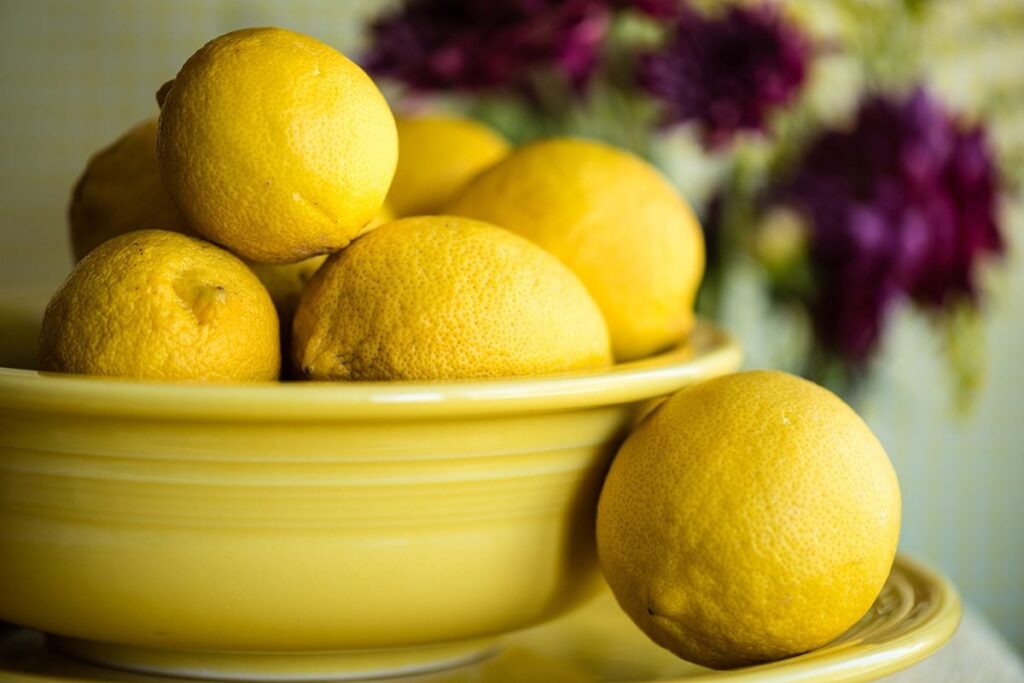
Lemons and limes have relatively thick skins, but their juice content starts to decline rapidly when exposed to:
- Air (leads to moisture loss)
- Heat (speeds up ripening)
- Improper humidity (causes drying or mold)
- Time (gradual loss of flavor and nutrients)
Without proper storage, even the juiciest lemon can go soft and lose its zest — literally and figuratively — within a few days.
Step 1: Start With Fresh, High-Quality Lemons and Limes

Good storage begins with good selection. Always choose citrus fruits that are:
- Firm to the touch, not soft or spongy
- Smooth-skinned and heavy for their size (indicates high juice content)
- Brightly colored (vivid yellow for lemons, vibrant green for limes)
- Free from blemishes, cuts, or mold
Tip: Avoid fruits that feel overly dry, look wrinkled, or have brown patches. They’re already past their prime.
Step 2: To Wash or Not to Wash Before Storage?
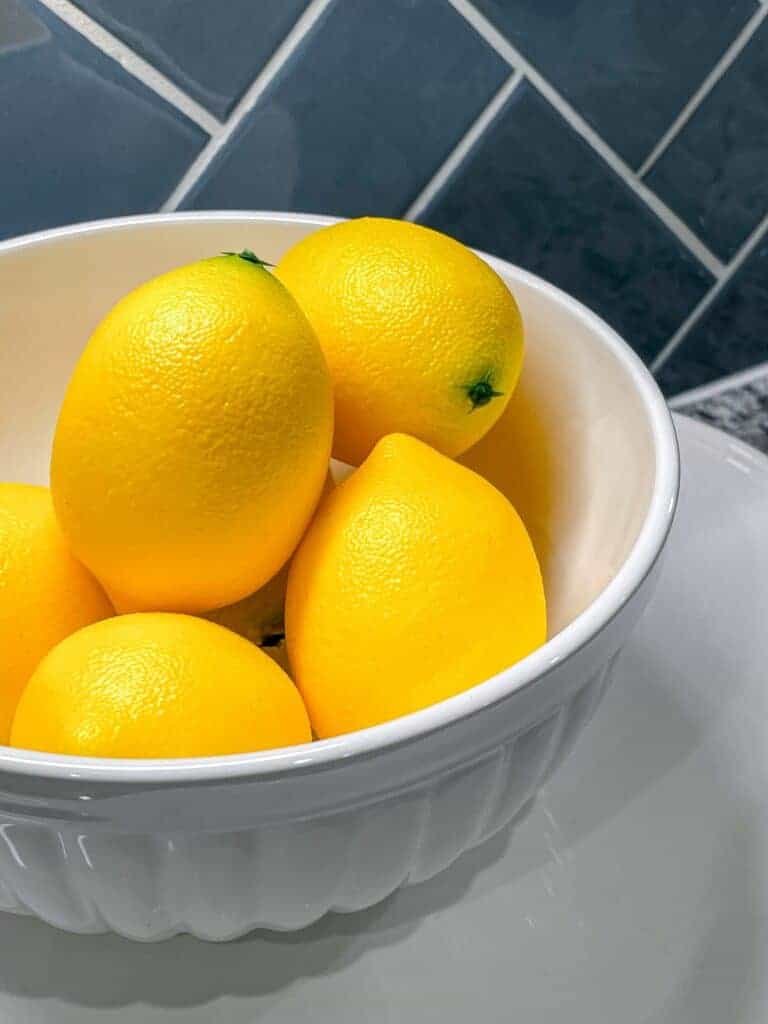
Don’t wash them before storing.
Moisture trapped on the skin can lead to mold or rot. Wait to wash lemons and limes until just before use.
Do wipe them dry if they’re already moist from transport or condensation.
Step 3: Best Storage Methods for Lemons and Limes
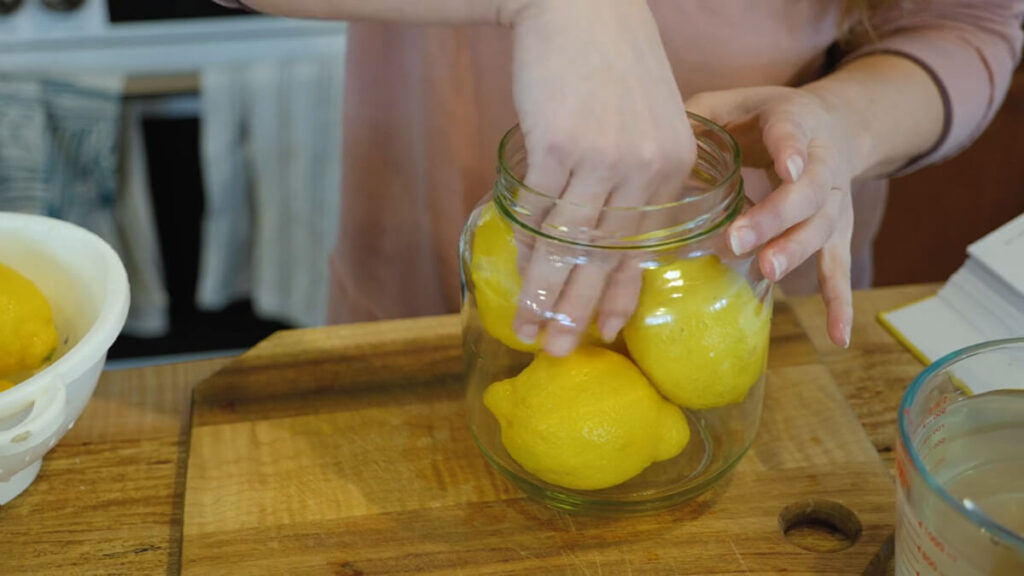
Let’s explore various ways to store lemons and limes to maximize freshness — depending on how soon you’ll use them.
1. Room Temperature (Short-Term Use)
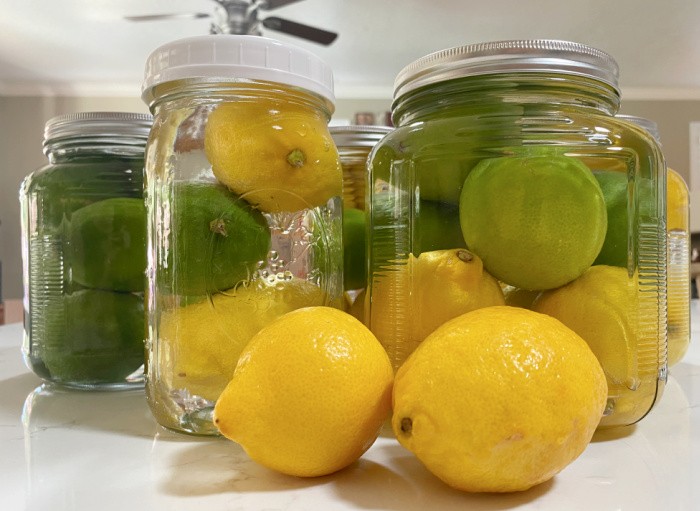
If you plan to use your lemons or limes within 3 to 7 days, storing them at room temperature is fine.
How to store:
- Keep them in a cool, dry place, away from direct sunlight.
- Place them in a bowl or breathable basket, not in plastic bags.
- Avoid humid areas like near the stove or sink.
Shelf Life:
4–7 days before they start to soften or lose moisture.
2. Refrigeration (Best for Long-Term Freshness)
To keep lemons and limes fresh and juicy for weeks, refrigerate them correctly.
How to store:
- Place them in the crisper drawer or a refrigerator shelf.
- Store loose or in perforated produce bags or resealable plastic bags with a few holes.
- Alternatively, store them in glass containers lined with paper towels to absorb excess moisture.
Why it works:
Refrigeration slows down water loss and microbial growth, keeping fruits firm and juicy.
Shelf Life in Fridge:
3 to 4 weeks (sometimes longer if very fresh when stored)
3. Store in Water (Juiciness Hack)
A little-known but highly effective method to extend freshness is submerging lemons or limes in water inside the fridge.
How to do it:
- Fill a clean airtight container with cold water.
- Submerge whole lemons or limes.
- Seal and refrigerate.
Why it works:
This keeps the citrus peel hydrated, preventing dehydration and maintaining juice content.
Shelf Life:
Up to 4 weeks with maintained juiciness.
Change the water every 5–7 days for best results.
4. Freeze for Long-Term Storage
If you have extra lemons or limes and want to save them for months, freezing is the way to go.
Option A: Freeze Whole (Best for zesting later)
- Wash and dry the fruits.
- Place them in freezer-safe bags.
- Use directly for zest or thaw for juice.
Option B: Freeze Juice
- Squeeze fresh lemon or lime juice.
- Pour into ice cube trays.
- Once frozen, transfer to bags or containers.
Option C: Freeze Zest
- Grate the zest (before juicing).
- Store in small containers or wrap in parchment paper and freeze.
Freezer Shelf Life:
4 to 6 months for best quality
Frozen juice cubes are perfect for cooking, baking, and beverages.
Step 4: How to Store Cut Lemons and Limes
Once cut, citrus fruits are far more vulnerable to drying out and losing both flavor and nutrients.
Best methods:
A. Airtight Container
Wrap cut lemon or lime in foil or beeswax wrap, then place in an airtight container in the fridge.
B. Cut-Side Down on a Plate
Place the cut side of the fruit directly on a small plate or dish and cover loosely with plastic wrap or a bowl.
C. Store in Lemon Juice
If you’ve squeezed a lemon and have extra juice, store remaining slices submerged in the juice to keep them moist.
Shelf Life (cut citrus in fridge):
= 3–4 days
Step 5: Avoid These Common Storage Mistakes
- Don’t store near ethylene-producing fruits like apples, bananas, or avocados. They accelerate citrus spoilage.
- Don’t store in sealed plastic bags without ventilation — it traps moisture and leads to mold.
- Don’t leave in warm, sunny areas — this dries out the peel and the juice inside.
Step 6: Reviving Slightly Dry Lemons or Limes
If your citrus fruits feel slightly dry or hardened, you can still revive them:
Method:
- Soak them in warm water (not boiling) for 10–15 minutes.
- Roll gently on a countertop to redistribute juices.
- Slice and use — especially good for juicing.
This works best for fruit that’s not yet moldy or fully shriveled.
Smart Uses for Older Lemons and Limes
Even slightly old or drying lemons and limes can still be useful!
Make Citrus Syrup
Simmer juice with a little jaggery or sugar and use as a topping for pancakes, oatmeal, or fruit salad.
DIY Natural Cleaner
Mix lemon juice with vinegar or baking soda for a powerful, non-toxic cleaner.
Freshen the Air
Boil old citrus slices with cinnamon sticks and cloves for a natural room fragrance.
Summary Table: Storing Lemons and Limes for Freshness
| Method | Best For | How To Do It | Shelf Life |
|---|---|---|---|
| Room Temp | Immediate use | Basket in cool, dark spot | 4–7 days |
| Refrigeration | Weekly use | In crisper drawer or perforated bag | 3–4 weeks |
| Submerged in Water | Long juiciness | In airtight container filled with water, refrigerated | 4 weeks |
| Freezing (whole, juice) | Long-term storage | In bags, trays, or cubes | 4–6 months |
| Cut Citrus Storage | Short-term, post-use | Airtight container or cut-side down on plate | 3–4 days |
Final Thoughts
Lemons and limes are a staple in kitchens for their zesty flavor, aromatic zest, and health benefits. But to enjoy them at their juicy best, how you store them truly matters.
With the right temperature, humidity, and a few smart techniques — such as refrigeration, water storage, or freezing — you can extend the life of your citrus fruits naturally and waste less. No chemicals, no synthetic coatings, and no non-veg additives — just good, clean, effective citrus care.
So go ahead — squeeze the most out of your lemons and limes, all season long.
